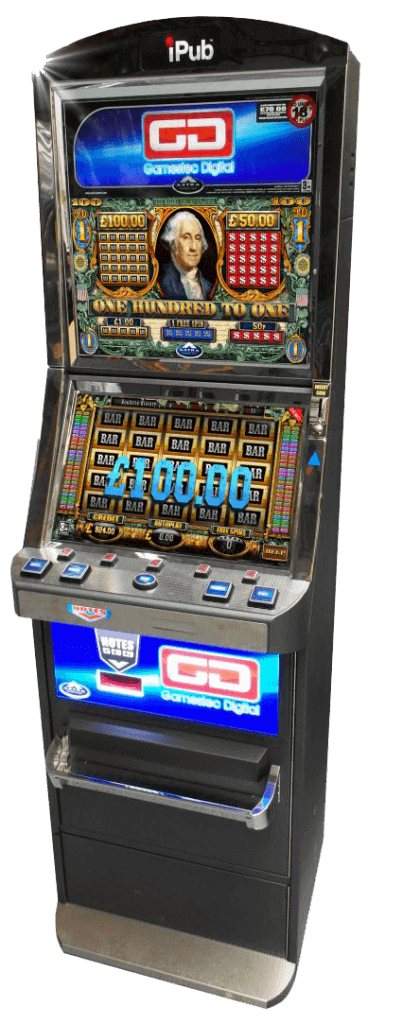A data safe-keeping virtualization method lets you decrease the number of physical hardware assets needed to support applications. It does this simply by abstracting fundamental disk and travel components and aggregating all their capacity as being a single pool area of safe-keeping available to applications for use. This kind of pool of storage is then managed with a central system to deliver functional and economic benefits just like faster resource provisioning and problems recovery capabilities.
The key to storage virtualization is software program that intercepts input/output (I/O) requests via physical and virtual computers and routes them to the proper physical position on a distributed pool of storage. Towards the application, the virtual safe-keeping appears being a single, continuous hard disk drive or reasonable unit amount (LUN) to accept typical read and write operations.
While basic storage products, such as single hard disk drives and basic storage arrays, tend not to provide any kind of sort of virtualization, advanced disk arrays offer a rational to physical abstraction through RAID systems and http://virtualdataspace.biz/for-progressive-approach-use-board-room-software a host-based volume manager. This type of virtualization enables features like snapshots, cloning and replication for being supported throughout different distributors.
Network-based storage virtualization is the most prevalent form of the technology. With this approach, a purpose-built unit connects for all the safe-keeping hardware in an FC or iSCSI utility area network (SAN) and reveals them as being a single pool of storage. Towards the operating system or application, the resulting electronic disks or LUNs appear as though they reside on a single physical disc and have complete functionality, which includes multi-pathing software.





